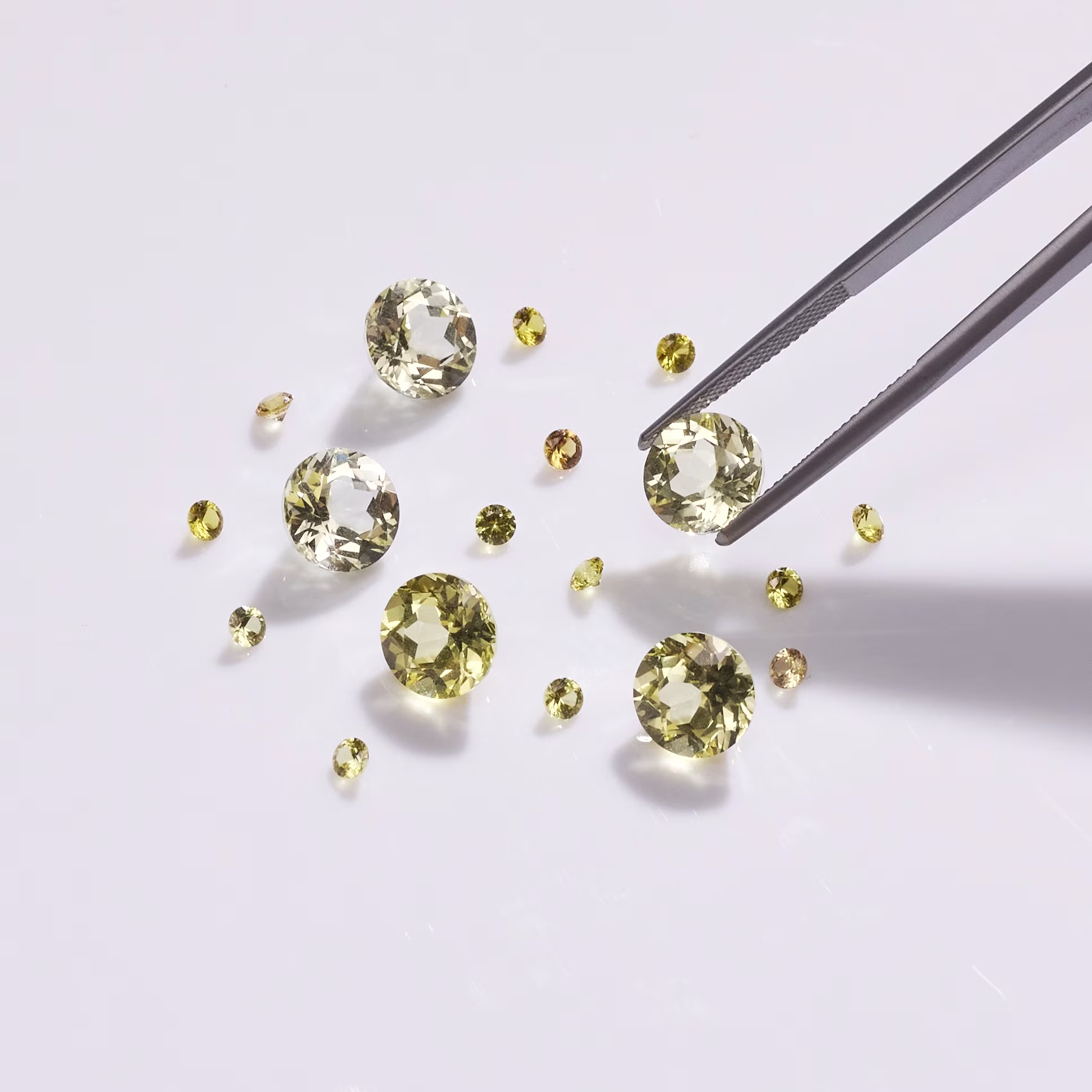Lab Grown Gemstones also known as synthetic or man-made gemstone, is created in controlled laboratory environments using advanced technological processes that replicate the natural conditions under which gemstones form. These processes include:
VERNEUIL PROCESS (FLAME FUSION)
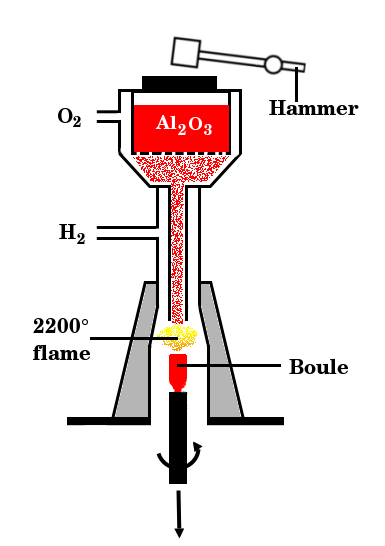
Flame Fusion Method: Fast, Cost-Effective Production of Lab-Grown Sapphires and Rubies
The Flame Fusion method, also called the Verneuil process, is a widely used technique for producing lab-grown sapphires and rubies efficiently and affordably. In this process, metallic oxide powders, such as aluminum oxide, are melted in a high-temperature oxyhydrogen flame and gradually deposited onto a rotating pedestal, where they solidify into a crystal boule. This method enables the rapid production of sizable gemstones, making it highly attractive for jewelry brands seeking vivid, uniform colors at competitive prices. While flame-fusion stones may occasionally exhibit curved growth lines or tiny gas bubbles, these characteristics do not compromise their beauty or performance. The flame fusion technique provides a reliable way to offer high-quality, colorful lab-grown sapphires and rubies suitable for a wide range of jewelry designs.
HYDROTHERMAL GROWTH
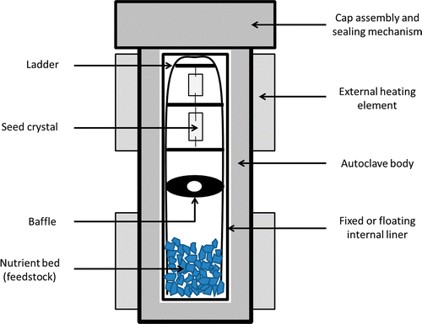
Hydrothermal Method: Precision Growth for Lab-Grown Emeralds and Quartz
The Hydrothermal method is a sophisticated technique designed to replicate the natural formation of gemstones in hot, pressurized water deep within the Earth. In this process, high-pressure vessels contain aqueous solutions where crystal-forming nutrients dissolve in the hotter zone and gradually recrystallize onto a seed crystal in the cooler zone. This controlled growth produces lab-grown emeralds and quartz with exceptional clarity and natural-looking color zoning, closely resembling mined gemstones. Although the hydrothermal process takes several months, it results in stones that are virtually indistinguishable from their natural counterparts, the ability to provide premium, ethically produced emeralds with consistent quality and exquisite beauty.
CZOCHRALSKI (CRYSTAL PULLING)
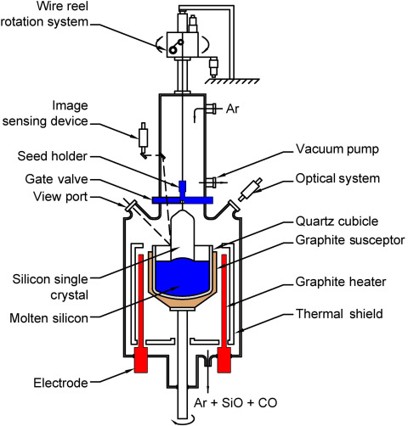
Czochralski Method: High-Precision Growth for Flawless Lab-Grown Sapphires
The Czochralski process, also known as crystal pulling, is a premium technique widely used to produce high-quality lab-grown sapphires. In this method, a seed crystal is carefully dipped into molten aluminum oxide and slowly pulled upward while rotating, allowing precise control over temperature and crystal growth conditions. This meticulous process yields large, uniform sapphires with minimal inclusions, making them ideal for fine jewelry and luxury applications. Beyond jewelry, Czochralski-grown sapphires are also valued in industrial uses such as watch crystals and optical components. This method ensures consistently flawless, vividly colored sapphires that meet the highest standards of quality and craftsmanship.
HIGH PRESSURE HIGH TEMPERATURE (HPHT)
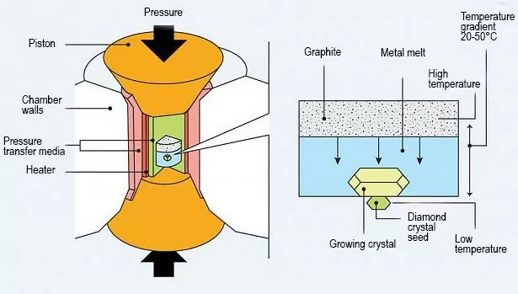
HPHT Method: Established Technique for Creating Lab-Grown Diamonds
The High Pressure High Temperature (HPHT) process is one of the most time-tested methods for producing lab-grown diamonds. In this technique, carbon, metal fluxes such as iron or nickel, and a seed crystal are placed inside a pressurized capsule. Subjected to extreme conditions exceeding a thousand atmospheres of pressure and temperatures up to 1,600 °C—the carbon dissolves in the molten flux and crystallizes around the seed, forming a durable diamond. HPHT-grown diamonds possess the same physical, chemical, and optical properties as natural diamonds, making this method a cornerstone of the lab-grown diamond industry. HPHT technology ensures high-quality, ethically produced diamonds that meet the exacting standards of modern jewelry brands.
CHEMICAL VAPOR DEPOSITION (CVD)
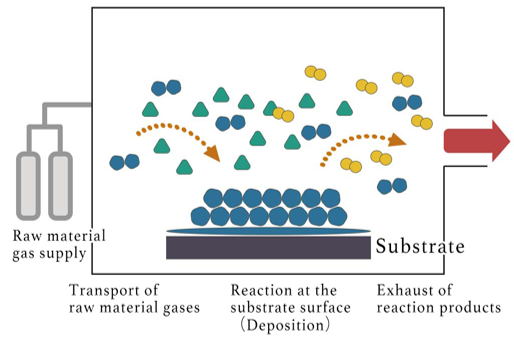
CVD Method: Advanced Production of High-Purity Lab-Grown Diamonds
Chemical Vapor Deposition (CVD) is a cutting-edge technique widely used to create high-purity lab-grown diamonds. In this process, a diamond seed is placed inside a vacuum chamber, where carbon-rich gases such as methane are introduced and energized into plasma using microwaves or heat filaments. Carbon atoms from the gas gradually deposit layer by layer onto the seed, forming a crystal with precise control over purity, color, and optical properties. The CVD method allows for exceptional customization, producing gem-quality diamonds with minimal inclusions and outstanding clarity. This modern technology enables the delivery of premium, ethically sourced diamonds tailored to meet the rigorous demands of contemporary jewelry designs.
FLUX GROWTH

Flux Growth Method: Producing Premium Lab-Grown Emeralds, Rubies, and Sapphires
The Flux Growth method is a slower yet highly effective technique for cultivating top-quality colored lab-grown gemstones, including emeralds, rubies, and sapphires. In this process, the raw materials are dissolved in a molten flux solution that acts as a solvent. As the temperature is carefully lowered, crystals naturally form, closely replicating the conditions found deep within the Earth. This meticulous method produces gemstones with rich, vibrant colors, exceptional clarity, and physical properties nearly identical to natural stones. While flux growth requires more time and investment than other techniques, it enables to deliver premium lab-grown gemstones that meet the highest standards of quality and aesthetic excellence for fine jewelry.
ZONE MELTING / FLOATING ZONE
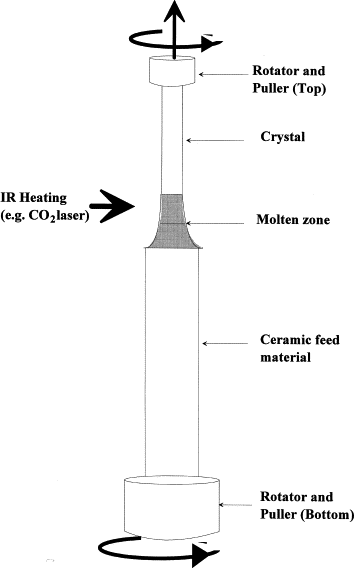
Zone Melting Method: Producing Ultra-Pure Lab-Grown Sapphires and Garnets
Zone melting, also known as the floating zone method, is a specialized technique used to produce exceptionally high-purity lab-grown gemstones such as sapphire and garnet. In this process, a narrow section of the raw material is melted using a focused heat source, and the molten zone is gradually moved along the crystal. As the molten zone travels, impurities are carried away, resulting in an ultra-pure crystal with superior chemical and physical properties. While this method is less common in jewelry production, it is highly valued in electronics, optics, and other precision applications. Zone melting represents an advanced approach for delivering lab-grown gemstones of exceptional purity for specialized uses.
EMERGING GROWTH FROM LIQUID METAL

Liquid Metal Catalyst Method: The Next Frontier in Lab-Grown Diamonds
Recent research has introduced an innovative approach to producing lab-grown diamonds using liquid metal catalysts at ambient pressure. This method combines metals such as gallium, nickel, iron, and silicon with carbon-rich gases to facilitate diamond crystal growth without the extreme pressures and temperatures required in traditional HPHT or CVD techniques. While still in the experimental stage, this emerging technology represents a promising future for gemstone synthesis, offering the potential for more sustainable, energy-efficient production of lab-grown diamonds. Staying informed about such breakthroughs highlights our commitment to innovation, sustainability, and delivering cutting-edge solutions in the lab-grown gemstone market.
.avif)
